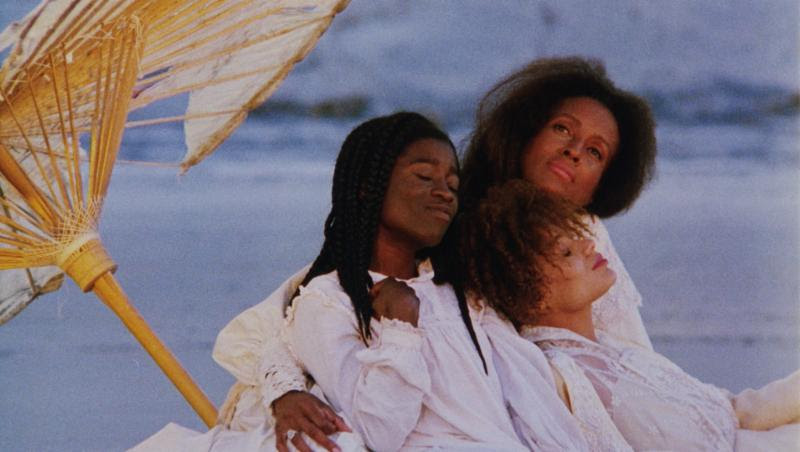‘Lemonade’-Inspiring ‘Daughters of the Dust’ To Be Re-Released
“Daughters of the Dust”, the inspiration behind Beyoncé’s “Lemonade”, discusses the conflicts of the Black female identity and is to be re-released by Cohen Media Group in honor of its 25th anniversary.
November 17, 2016
For today’s generation, Beyoncé’s “Lemonade” embodies what it means to be a black female in America. Her 2016 visual album evokes images of female lineage, sisterhood and parallels the past — the Antebellum South — to the present climate for race relations today. Upon its release, “Lemonade” caused an outcry amongst many who had not seen the black experience similarly embodied in any other contemporary work, at least not in popular culture.
Yet many fans of “Lemonade” are not aware of the film to which Beyoncé’s oeuvre pays tribute in much of its imagery and subject matter: Julie Dash’s “Daughters of the Dust.” The film, first released in 1991, was the first by an African American woman to receive theatrical release in the United States. The film won Best Cinematography at the Sundance Film Festival that year, and was selected for the National Film Registry by the Library of Congress in 2004. In honor of its 25th anniversary, Cohen Media Group is re-releasing the film with a brilliant 2K restoration.
“Dust” follows the story of the Peazants, a family of former slaves living on St. Helena Island off the coast of South Carolina. They belong to the Creole Gullah tradition, maintaining much of their African heritage. As the family matriarch, Nana Peazant (Cora Lee Day) seems to embody much of this tradition. She remains entrenched in her beliefs and her loyalty to the ancestors. Nana also comes to represent the opposition to the new life that some of the Peazants are trying to create. Nana’s daughter-in-law, Hagaar (Kaycee Moore), is leading a migration to the mainland.
Yet many of the family members remain torn. While their home represents what’s holding them back — what literally held them captive for centuries — they also feel duty to the ancestors that rest there and the land that holds them. Eli Peazant and his wife Eula are two such family members who feel conflicted. Much of the film is narrated by their unborn daughter (Kay-Lynn Warren), who is trying to convince her father that she is his child (her mother, Eula, was raped by a white man on the mainland). She seems to hold a special spiritual connection to Nana Peazant and the ancestors. Eula’s mother is similarly connected, leading her to urge the family to stay on the island with Nana Peazant.
The mouthpiece for much of the revelations about female blackness in America is that of Yellow Mary Peazant, who has returned to St. Helena with her lover, Trula, for a final visit to the island and her grandmother Nana. Yellow Mary embodies much of the contradictions of a post-slavery black female identity who belongs to neither her home nor the country that meets her.
The film is a visually stunning poem about the lives of these women and how they are linked to the generations that preceded them through the land that both birthed them and held them in captivity. In “Dust,” Julie Dash explores the conflicting identities of a multi-generational group of post-slavery women and the cultural implications of these inherent conflicts.
“Daughters of the Dust” is not your typical narrative film — but it’s not trying to be. It’s both of-the-moment and of the distant past. It can feel part fairytale, part nightmare at times, simultaneously acknowledging and letting go of the anxieties of one’s racial and gender identity. The film celebrates the act of feeling overall, lending itself to a transcendent experience.
“Daughters of the Dust” opens Nov. 18 at Film Forum, with a nationwide theatrical release to follow.
Email Natalie Whalen at [email protected].




























































































































































